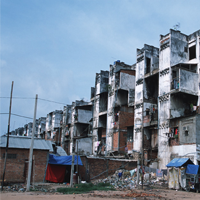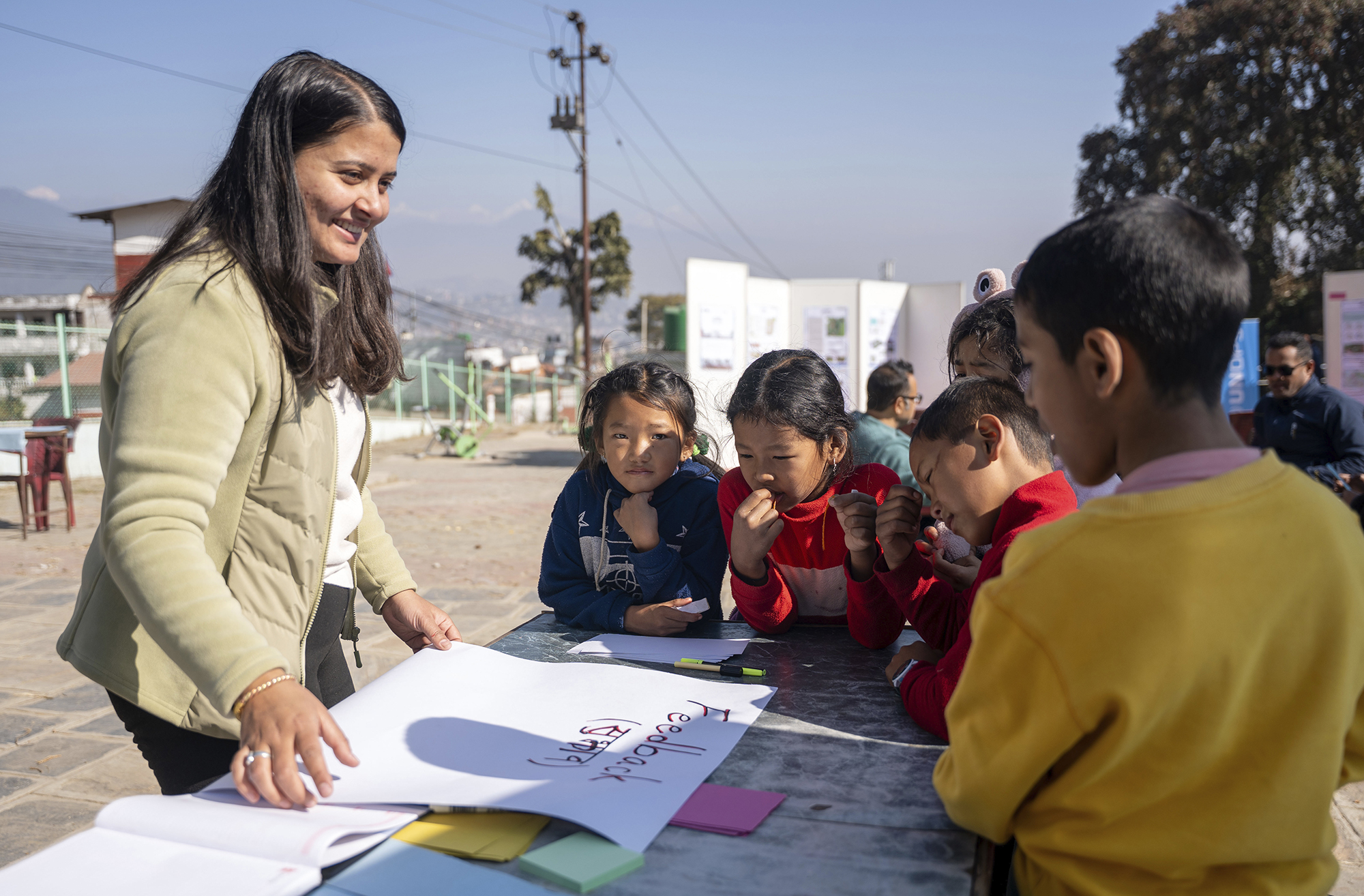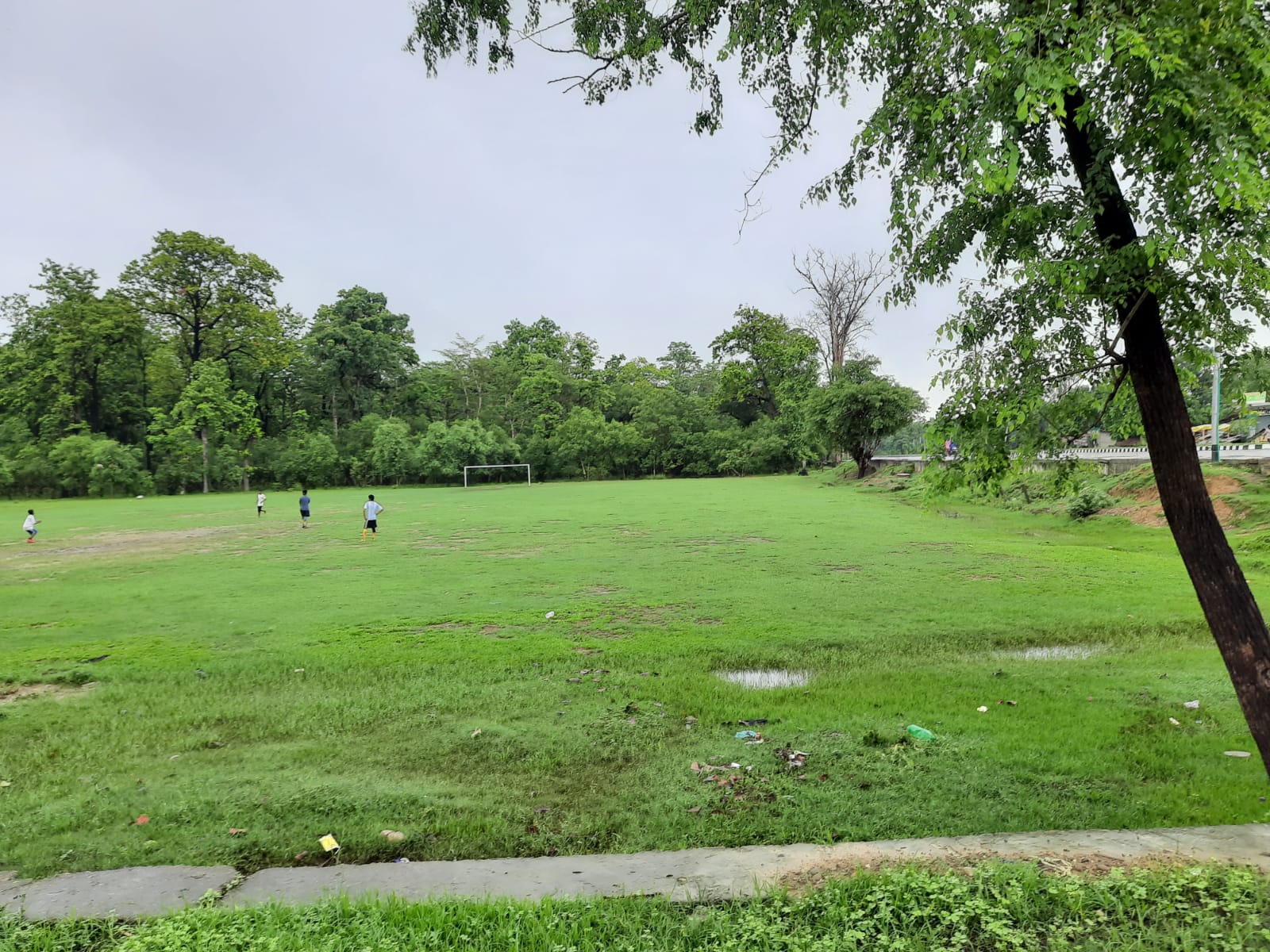
|
|
Slum area in Cambodia.
Photo: Masaru Goto/World Bank |
[2 July 2010] -- A new study jointly released by the Water and Sanitation Program of the World Bank and the Asian Development Bank (ADB) reviews sustainable sanitation financing options with a focus on promoting access for the poorest in Cambodia.
Written by Andy Robinson of the ADB under the guidance of Jan-Willem Rosenboom of WSP, the study primarily contains a comparative analysis of different approaches to financing sanitation: Community Led Total Sanitation (CLTS) and project subsidies and social marketing.
This study has an introduction on sanitation financing and subsidies, stating the cases for subsidies as well as some of their practical pitfalls. The study used data from two case studies of rural sanitation finance in Cambodia to illustrate the practical issues, supplemented by preliminary data from two recently launched sanitation marketing projects.
It also examines the potential use and effectiveness of (hardware) subsidies, Conditional Cash Transfers (CCTs) and other financing approaches relevant for sanitation improvement. The findings suggest a need for a sanitation financing system based on conditional cash transfers, which to date have been mainly used in education and health care.
Comparative analysis of case studies
The comparative analysis of the two approaches confirms that public finance for sanitation in Cambodia is not reaching those below the poverty line. Ninety percent of the public finance from an existing ADB program goes to non-poor households, and the two sanitation marketing project will require households to contribute at least USD 30 in order to obtain a latrine. However, data collected on willingness to pay imply that USD 10 is the maximum amount that most poor households are willing to spend on a latrine.
The CLTS program promotes far cheaper and simpler facilities than the other programs which are more affordable and appropriate for poor households. The use of public finance to subsidise the development, promotion and marketing of appropriate sanitation products is also encouraged despite the risk that the programmes will not benefit many poor households. It is important that an appropriate amount of public finance is directed towards developing and marketing products and services that are specifically targeted at the poorest households and those that cannot afford the US $30 sanitation core package.
Finally, few of the programmes examined have been successful in achieving collective sanitation outcomes such as open defecation-free communities. The population segment that practices open defecation in the programme communities is largely made up of poor households and generally includes those that are most likely to transmit diseases to others through unsafe excreta disposal. As a result, the benefits achieved by these sanitation programmes may be limited.
Lessons and Recommendations
1. Leave no one out: complementary programmes are needed to reach all groups
2. Check who benefits: monitor targeting effectiveness
3. Aim for efficiency: recognise the advantages of market-led service delivery
4. Use vouchers to encourage sustainable service provision
5. Design finance for long-term improvements in sanitation practice
6. Use large-scale means testing systems wherever possible
7. Develop effective compliance monitoring systems
2. Check who benefits: monitor targeting effectiveness
3. Aim for efficiency: recognise the advantages of market-led service delivery
4. Use vouchers to encourage sustainable service provision
5. Design finance for long-term improvements in sanitation practice
6. Use large-scale means testing systems wherever possible
7. Develop effective compliance monitoring systems
Download Sanitation Finance in Rural Cambodia: Review and Recommendations




